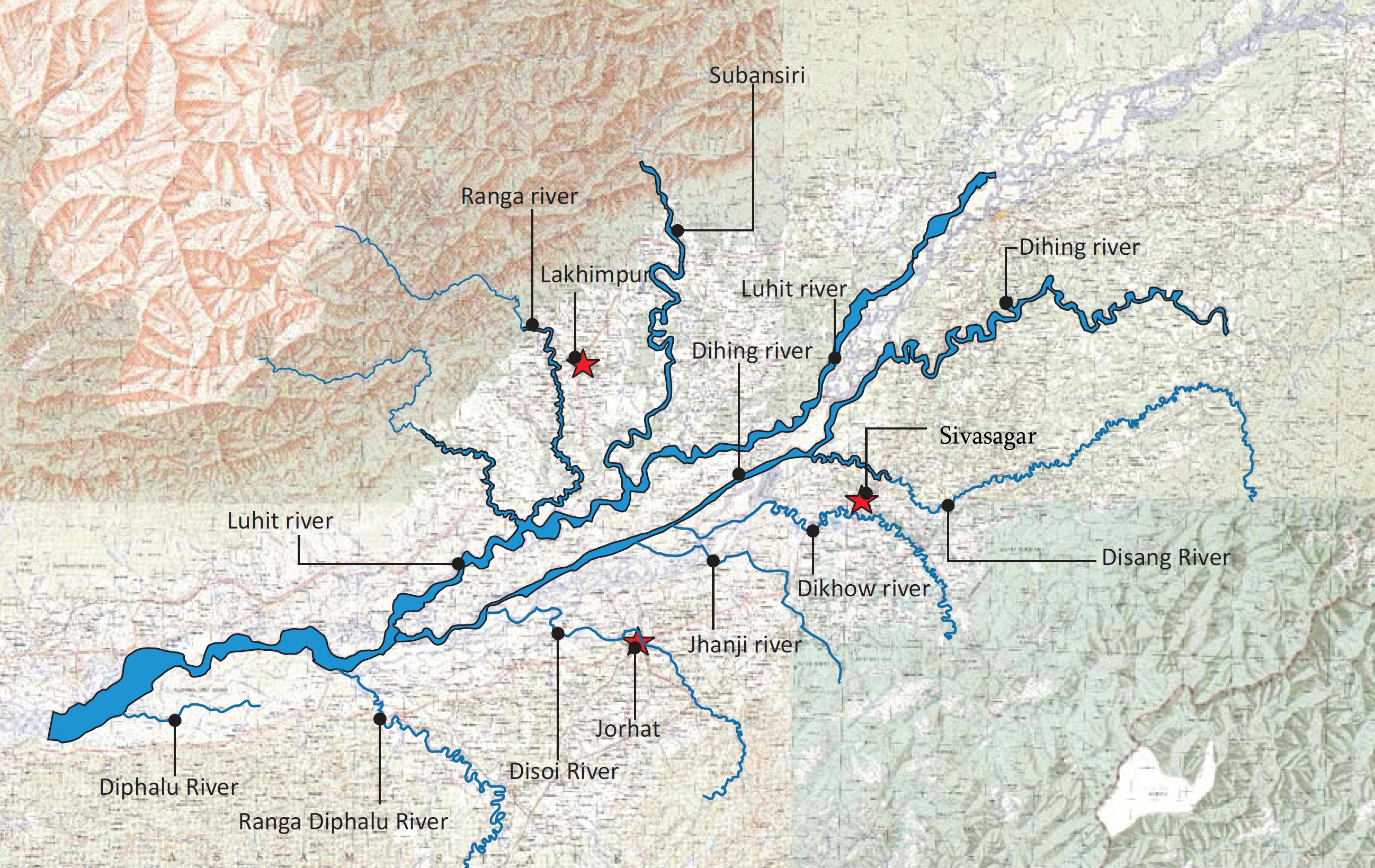7667766266
enquiry@shankarias.in
What is the issue?
What constitutes the drainage route of Brahmaputra?

Why India shouldn’t be worried?
Can water diversion affect sediment flow?
What is the way forward?
Source: Business Line